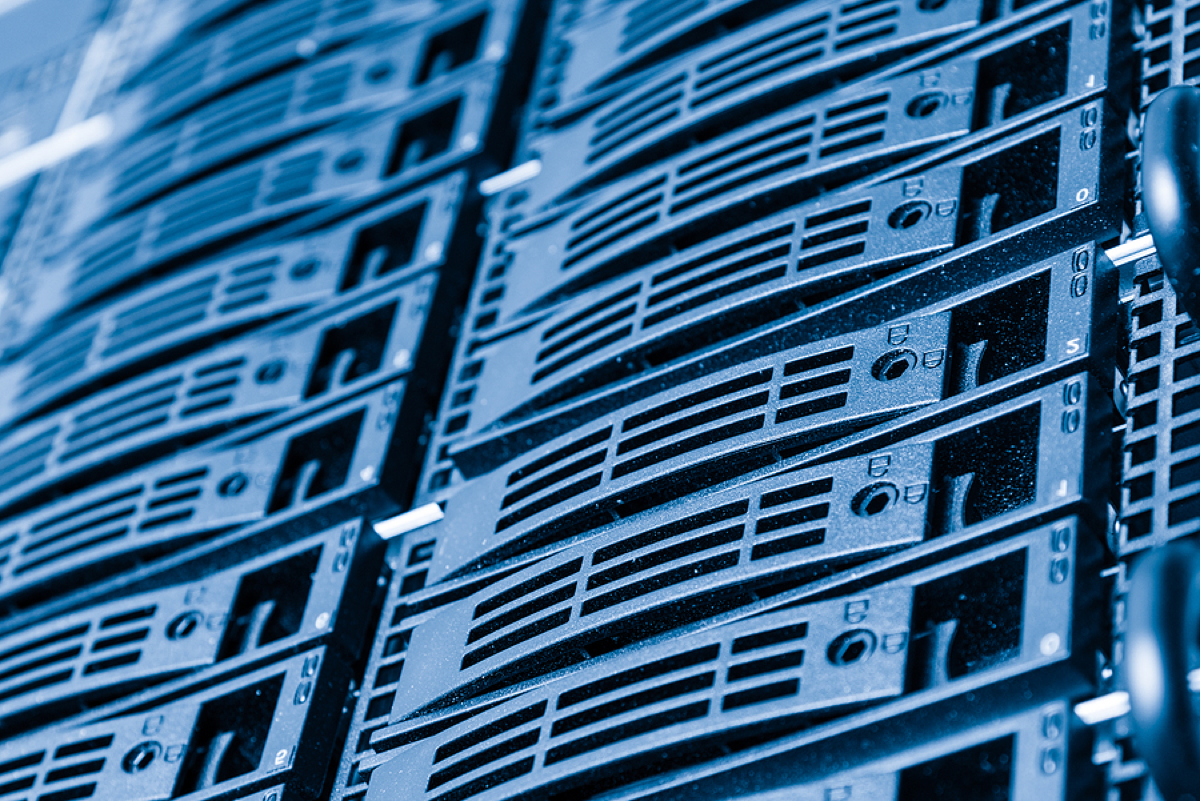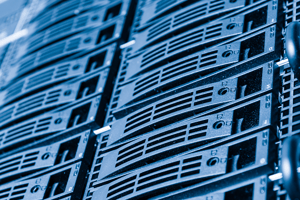
Quick, reliable access to data is essential for any business. When an employee needs to retrieve notes about a customer’s order from your system, a speedy database makes the process more efficient. Speed is also the key to a quick recovery from data loss, whether the loss is caused by human error or a technical failure. The faster you can access your backups, the faster your business will be fulfilling customer orders again.
One step you can take to ensure reliability and quick access: install a storage array. A storage array is a system that uses multiple drives to store large amounts of data. As businesses create more and more data – from databases filled with customer and product information to increasing amounts of data-intensive video – storage arrays are becoming a critical part of IT systems.
Improving speed and redundancy
As you plan your IT strategy, consider the following advantages of using an array:
- Faster data recovery. There are all sorts of ways you can lose data: An employee accidentally deletes a critical file, a storage drive fails, or a ransomware attack disables your files. No matter the cause, if you don’t have an onsite array, the only way to recover the data is to restore the data from your most recent backup. If you have a lot of data, this could take days. Storage arrays use snapshots, which allow you to choose which files or folders you want to restore from a previous version. This allows your IT systems – and your business – to get back up and running quickly.
- Better network performance. When you have multiple users accessing data in your IT system, a storage array will provide better performance than slower storage alternatives. Storage is not the only bottleneck on corporate networks, but it is the leading one. And disk drives are typically the slowest part of any storage system. Drive arrays essentially combine multiple drives into one, making the system much faster than any single drive. Corporate networks need this type of speed.
- Server redundancy. If your company has multiple servers, redundancy is critical to ensure that one downed server doesn’t shut down your business. A storage array makes it easier for other servers to pick up the slack until the first server is restored. Likewise, if you’re running virtual desktop environments on your servers, the redundancy will be critical to smooth system operation.
Bolstering security and keeping costs in check
 Of course, there can also be concerns about purchasing storage arrays. Here are solutions to some common issues:
Of course, there can also be concerns about purchasing storage arrays. Here are solutions to some common issues:
- Cost. Buying your own storage array can be expensive – and despite the benefits, it may be more than your company is able to spend on one part of its IT system. That’s why using a cloud-based array, where you are purchasing a portion of a much larger array, can make sense. The shared array is cost effective – and it will give you access to the better feature set of a more expensive array. Another advantage of purchasing space on a shared array is that you avoid the cost of ownership of the array itself. A storage array is not just a capital expense – you have to pay someone to manage and maintain it. It may cost more to manage a smaller storage array that you bought just for your business than to pay for a portion of a larger array.
- Security. Some people may be concerned about not owning their own array but instead paying for a portion of a cloud-based array that they share with others. It may feel more secure to have your storage on your own site, with buildings that are protected from break-ins. However, today’s threats to the security of your data are more likely to come from hackers breaking into your network than from a physical break-in. Cloud-based systems are well protected against hacking.
As the amount of data your business needs to store grows, a storage array will likely become an important part of your IT business strategy when rationalizing IT systems. It can ensure that your business continues to be productive even when data is lost, by providing a quick path to restoring the data and offering redundancy when needed. When your business reaches the point where losing data could mean losing significant business and productivity if restoring it takes too long, it is time to consider investing in an array.
When you are considering an upgrade to your IT system, understand when you know your business needs a storage array. After all, all IT systems are comprised on interconnected parts and any one weak point can create risk for the entire system and affect your business. Seeking more information about how to improve your IT system, please download the eBook titled "Built to Scale: IT System Designed for Growth" to learn more about improving your IT solution for better productivity that enables growth.



